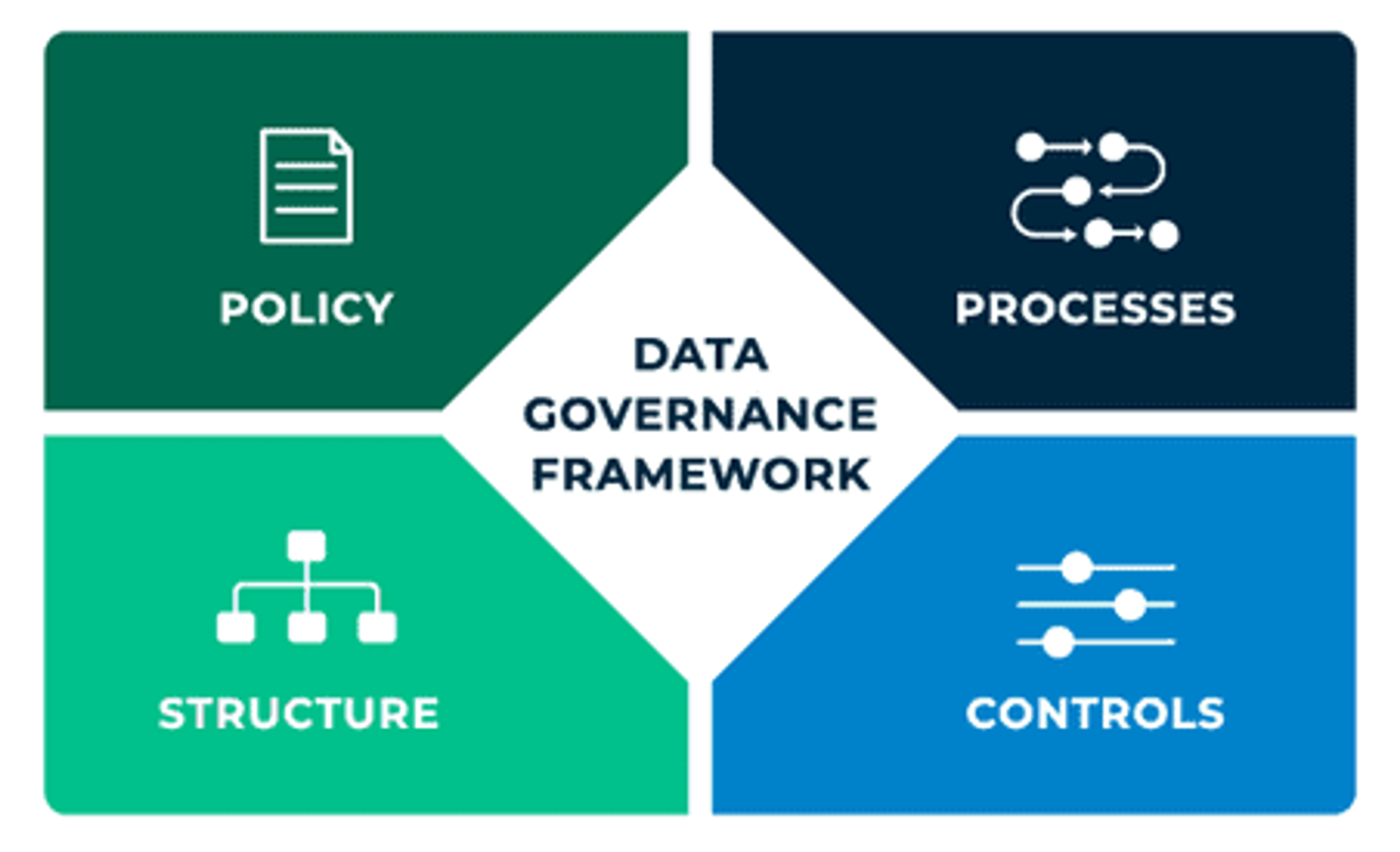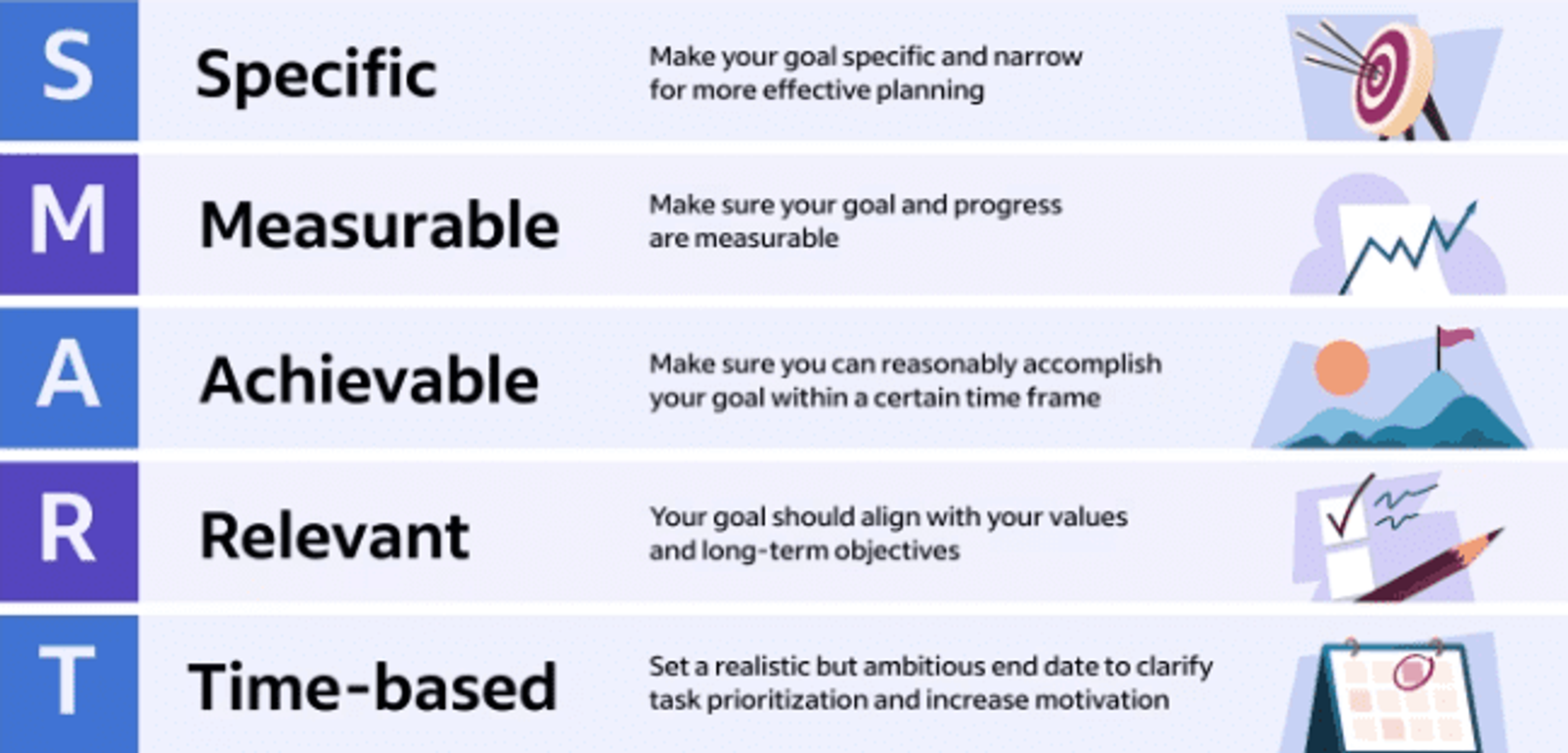blog
What Is Collaborative Data Governance? What Is Its Role in Healthcare?

SECTIONS
In today’s healthcare landscape, where data forms the backbone of both patient care and operational efficiency, the concept of collaborative data governance is gaining paramount importance.
This approach, transcending traditional data management methods, brings together diverse stakeholders to collectively oversee and harness the full power of healthcare data. In this comprehensive guide, we’ll dive into how a collaborative data governance strategy both enhances healthcare data quality and drives improved organizational and patient outcomes.
Key Takeaways:
- Traditional data governance is rooted in four pillars: policy, processes, structures, and controls.
- Collaborative data governance enhances this concept by integrating diverse perspectives and input from people across the organization.
- In healthcare, where patient care and backend administration must be aligned, collaborative data governance is beneficial to everyone involved.
- Key steps in implementing collaborative data governance include assembling a cross-functional team, establishing clear goals, using KPIs to monitor progress, and fostering data-driven culture.
- Adopting a centralized data management platform is key to long-term governance effectiveness.
Data Governance: A Quick Refresher
Before diving into the nuances of collaborative data governance, let’s revisit the foundational concept of data governance frameworks and their core pillars. Data governance, at its core, is a set of principles and practices ensuring high data quality, efficiency in data management, and compliance with data-related regulations within an organization.
It’s a strategic approach to managing data assets, pivotal for making informed decisions and maintaining operational integrity. The four foundational pillars of data governance are:

Image Source
- Policies: Dictate how data is to be handled within the organization and cover a range of aspects, including data quality, access, usage, and security. They provide a framework for consistent data management practices and serve as a reference point for resolving data-related issues.
- Processes: The procedures and workflows that operationalize the data policies. These processes ensure that data management activities, from collection to disposal, are carried out in a controlled and efficient manner. They define how data is to be collected, stored, accessed, and shared, aligning these activities with the organization’s data governance goals.
- Structure: The roles and responsibilities within the organization for overseeing and executing data governance tasks. It includes defining the hierarchy and reporting structures, creating teams or committees such as a Data Governance Council, and appointing data stewards or custodians. This structure ensures accountability and ownership of data governance activities.
- Controls: Mechanisms put in place to ensure that the data governance policies and processes are adhered to. These include audits, compliance checks, and quality controls. They help in identifying and mitigating risks related to data and ensure the organization’s data governance efforts are in line with established standards and regulations.
Understanding these pillars is crucial as they form the backbone of any data governance initiative. They provide a structured approach to managing an organization’s data and lay the groundwork for more specialized forms of data governance, such as the collaborative model, which adapts and expands upon these fundamental principles to suit the evolving needs of modern healthcare organizations.
What is Collaborative Data Governance and Why Does it Matter in Healthcare?
Collaborative data governance represents a paradigm shift in how healthcare organizations manage their data. Moving beyond the traditional, hierarchical models of data governance, this collaborative approach fosters a more inclusive and participatory framework.
As a result, healthcare organizations can achieve important benefits such as higher-quality data insights, enhanced operational efficiency, more personalized patient care errors, and better patient outcomes.
Successful collaborative data governance involves:
Cross-Functional Involvement
Unlike traditional models that might centralize data governance within a specific team, collaborative data governance brings together diverse stakeholders from across the organization. This can include clinicians, IT teams, administrators, vendors, insurance companies, third-party data providers, and other external partners, all of whom can contribute their unique perspectives to healthcare data management.
Shared Decision-Making
Decision-making processes in collaborative data governance are more democratic. They rely largely on consensus and input from various departments, ensuring that the data strategies align with the broader needs of the entire organization.
In healthcare organizations, this means that leaders and stakeholders from all areas of patient care and administration work together to set data governance strategies and best practices.
Enhanced Data Stewardship
When data management and governance is collaborative, data stewardship is not confined to a select group of data specialists. Instead, all members of the organization are encouraged to take an active role in data quality, accuracy, and security, fostering a culture of data responsibility and literacy.
In healthcare, this often requires finding ways to motivate groups that are not traditionally involved in data collection, use, and management—for example, lead physicians—to also get on board.
Agile and Adaptive Frameworks
Collaborative data governance allows for more flexible and adaptive management structures that take a page out of the agile software development book to improve data management. Agile data management approaches can help expedite requests, eliminate data silos, and make organizations more adaptable to change (ex: new regulatory environments or changing healthcare needs).
As a result, it also increases the overall business value of data, enhances collaboration and transparency, and drives organization-wide data literacy.

Image Source
Focus on Organizational Goals
Collaborative data governance aligns data management strategies with the overarching goals of the healthcare organization, which often includes things like improving patient care, advancing research, or increasing operational efficiency.
How to Implement Collaborative Data Governance at Your Healthcare Organization
Implementing collaborative data governance in a healthcare organization is a strategic process that involves several key steps to ensure success and sustainability:
1. Establish a Cross-Functional Governance Team
Form a team comprising members from various departments such as IT, clinical staff, administration, and compliance. This team should reflect the diverse perspectives and needs within the organization. Include roles such as data stewards and data custodians to facilitate smooth governance processes.
2. Define Clear Goals and Objectives
Clearly articulate the goals of your data governance program. Whether it’s improving patient care, ensuring regulatory compliance, or enhancing research capabilities, having specific objectives will guide your governance strategies and activities.
Use guiding frameworks like SMART to ensure your goals are well-defined and measurable.

Image Source
3. Develop a Collaborative Framework
Create a framework that outlines the procedures, policies, and standards for data management. This framework should encourage participation from all levels of the organization and allow for input and feedback from different stakeholders.
4. Foster a Culture of Data Literacy and Responsibility
Encourage a culture where every member of the organization understands the importance of data and their role in maintaining its quality and security. This can be achieved through regular training, workshops, and communication.
5. Implement Technology and Tools to Support Governance
Utilize data governance tools and data management software that can help in managing, monitoring, and maintaining data quality and compliance. Ensure that these tools are user-friendly and accessible to all relevant team members.
6. Establish Clear Communication Channels
Set up effective communication channels to ensure that all stakeholders are kept informed about data governance policies, changes, and updates. Regular meetings, newsletters, or a dedicated intranet site can be useful for this purpose.
7. Regularly Review and Revise Policies
Data governance is not a set-and-forget process. Regularly review your policies and procedures to ensure they remain relevant and effective. Be open to feedback and ready to adapt your approaches in response to new challenges or changes in the healthcare data landscape.
8. Monitor and Measure the Impact
Implement mechanisms to monitor the effectiveness of your collaborative data governance efforts. Use KPIs to measure success against your predefined objectives and make adjustments as necessary.
9. Ensure Compliance with Regulations
Always stay abreast of changes in relevant data protection and data privacy laws and ensure your data governance policies comply with these regulations.
Centralize Your Data Governance for Better Results
The steps outlined in this article will help you implement a collaborative approach to data governance that involves all key stakeholders at your healthcare organization. But to implement it successfully and maintain it long-term, you’ll need one essential tool: a centralized data management platform.
Centralizing data governance through a unified platform is pivotal for achieving true collaboration and better results. It streamlines management processes, reduces redundancies, improves standardization, and enhances visibility and accessibility without compromising data security. It also facilitates a single source of truth, where data is managed cohesively and is accessed in a singular location.
Learn more about how Gaine can help you streamline your data governance strategy with Coperer, our ecosystem-wide master data management solution.
